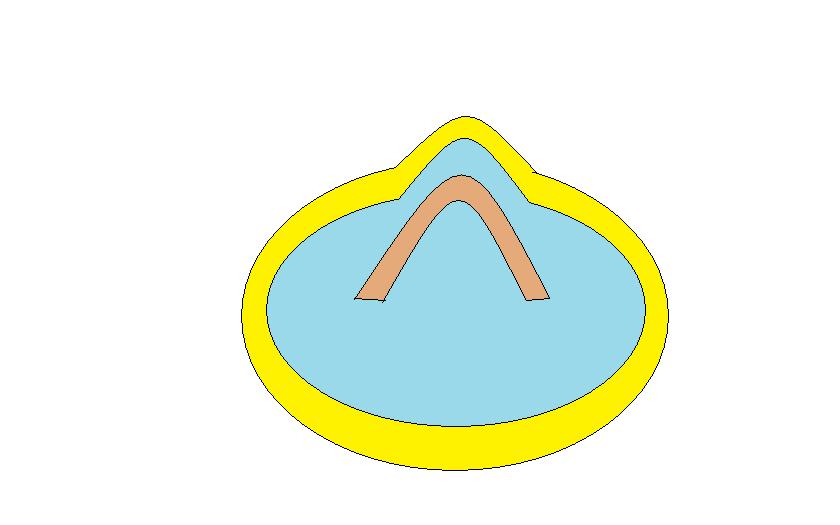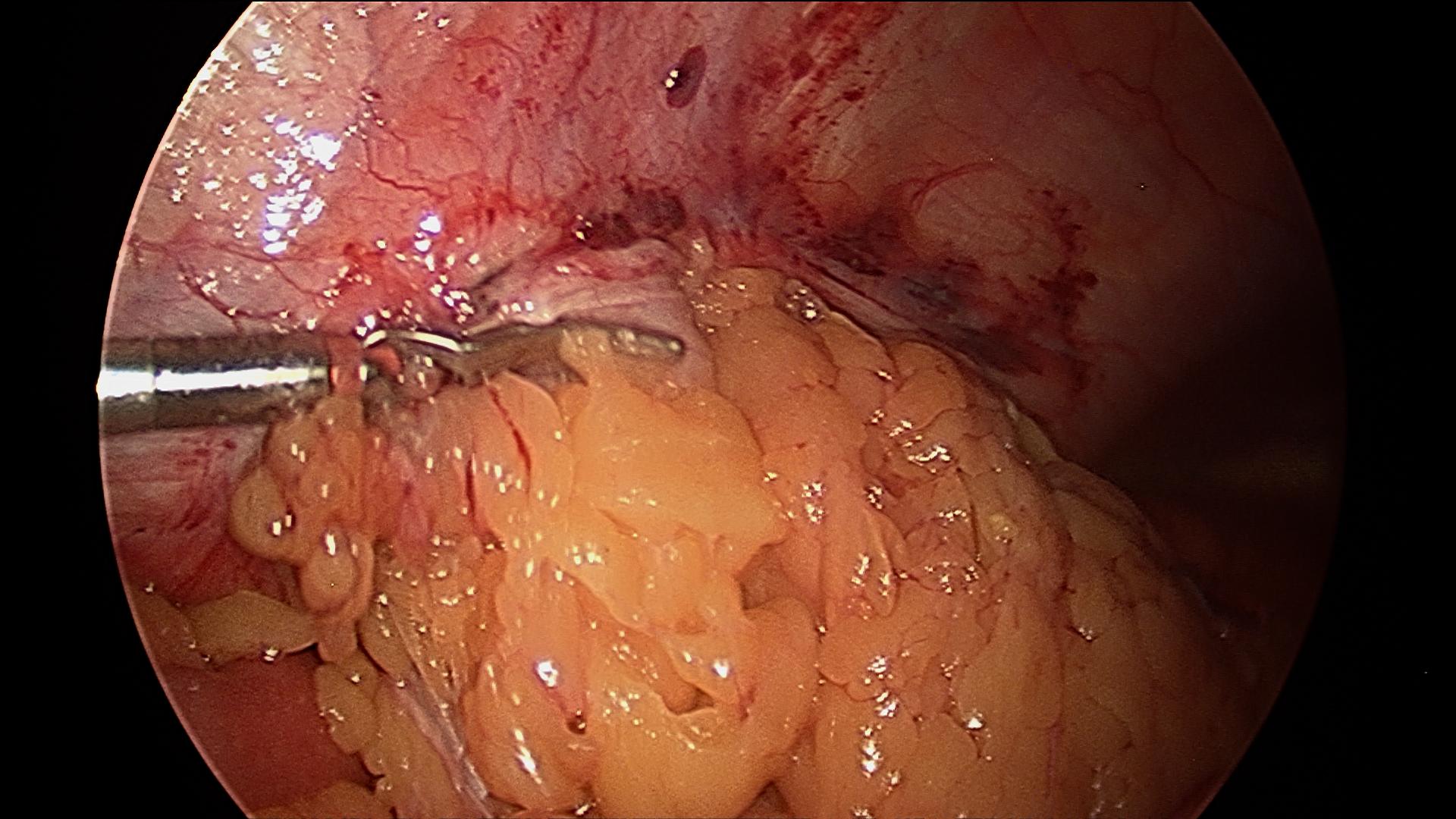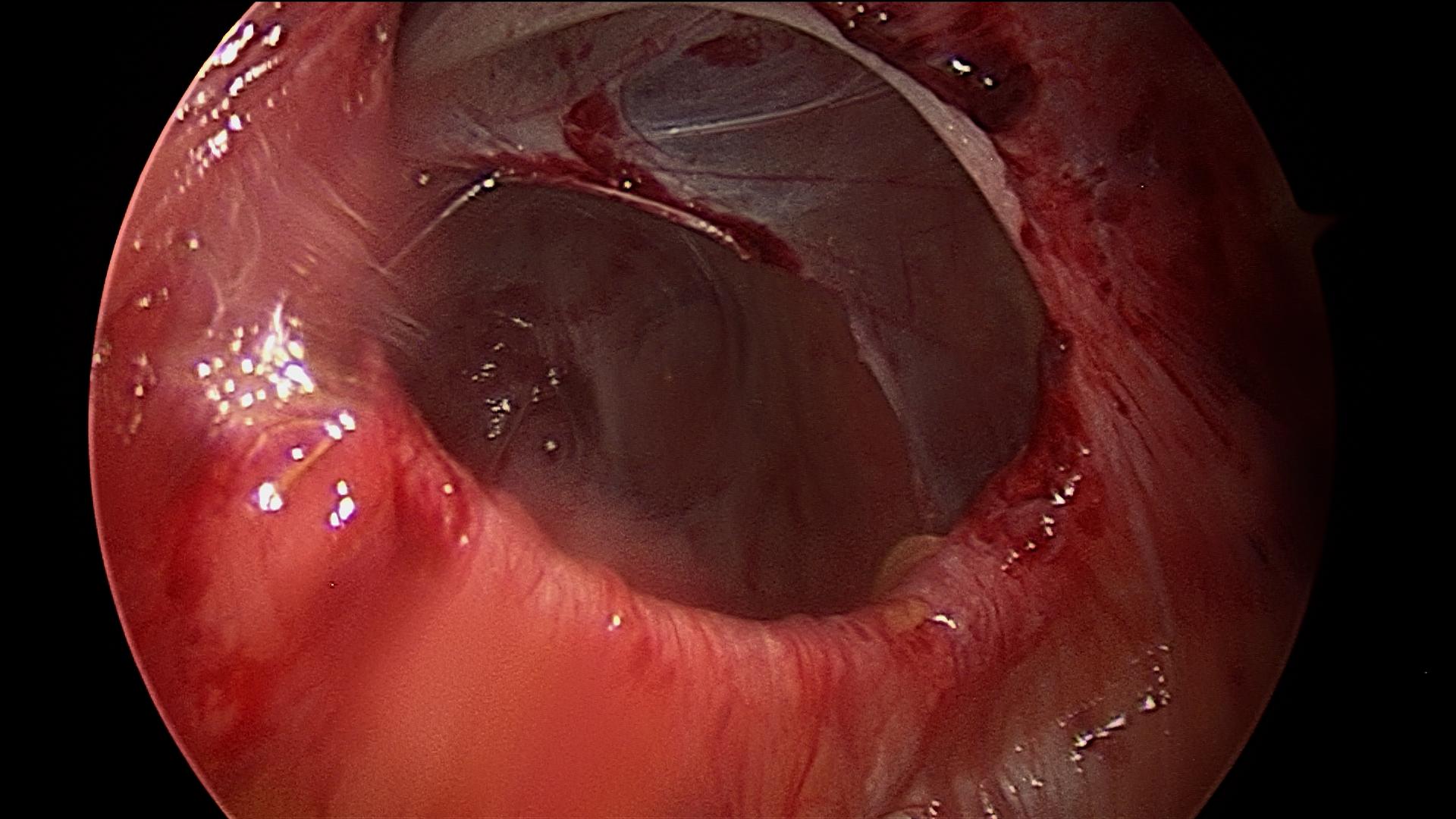Ventral Hernia Treatment
Ventral Hernia Treatment
A ventral hernia is a defect (opening) in in the abdominal wall. This often occurs at the umbilicus (belly button) or at previous surgery sites where an open incision was made. The abdominal muscles have weakened resulting in an opening or a tear. These get bigger over time and do not go away. The inner lining of the abdomen pushes through the defect along with any abdominal contents such as bowel (intestine). The contents can get stuck causing pain and eventually ischemia and death (gangrene). Ventral hernias, therefore, should be fixed before this occurs.
Not everybody with a bulge in their abdomen has a hernia, however. Some people just have a weakness in their abdominal wall, but it is intact without a hole (defect). This is known as a rectus diastasis. This is usually located between the rib cage and the umbilicus. Since their is not defect, nothing can get stuck. These do not need to be fixed. Their are some unethical surgeons and even hernia centers that will tell patients that they need to be fixed although this is not true. It is important to be evaluated by an experience, ethical physician to determine the difference.
What Causes a Ventral Hernia?
An incision in the abdominal wall from a traditional open surgery can frequently lead to a hernia. Heavy straining, aging, or injury can also lead to a hernia.
Laparoscopic Ventral Hernia Repair
Although some benefits over the open repair may include faster return of bowel function and decreased hospital stay, the biggest benefit of laparoscopic ventral hernia is reduced infection rate. Ventral hernias have higher infection rates that inguinal hernias. This is even more so in patients with tobacco use, steroid use, and diabetes. Wound infections can be devastating and may require explantation (removal) of the mesh.
I usually make 3 tiny incisions, 5 mm each, for the camera and instruments. If the defect if very big and a larger mesh is require, then 1 of the 3 incisions is 11-12 mm to put the mesh through. The mesh is placed in the abdomen and fixed to the abdominal wall with absorbable tacks and sometimes sutures. There are many meshes available, but I prefer a certain, light-weight mesh with a special coating on it to protect it from the bowel. Complications from the surgery are very infrequent but may include bleeding, infection, and bowel injury. If an injury to bowel occurs, then the mesh could get infected. It is therefore important to have a skilled laparoscopic surgeon performing the procedure especially when adhesions are present from previous surgery (incision hernias).





